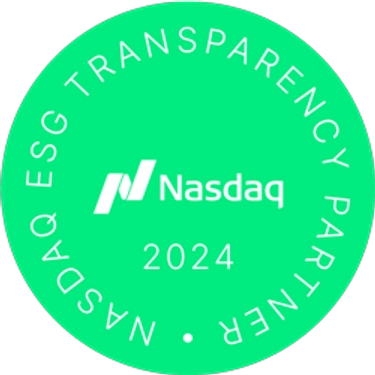
Investors
Investor relations
Latest news
Corporate presentation
-
17Jul
Interim Report January-June 2025
The interim report January-June is published on 17 July 2025.
-
17Jul
Interim Report January-June 2025 – Webcast
Financial analysts, investors and media are invited to attend a webcast and presentation of the second quarter results at 2.00 pm CET.
Access the webcast using this link: Webcast
To participate in the presentation and ask questions, please register using the link below. After registering, please use the provided phone number and conference ID to dial in. Register to dial in
-
21Aug
Nordea Equities Small & Mid Cap Days
Camurus’ President & CEO Fredrik Tiberg is presenting at this conference in Stockholm, 21 August at 10.30am CET. The presentation can be seen by the conference participants.
AGM 2025
Camurus’ Annual General Meeting 2025 was held on Tuesday, 27 May in Lund, Sweden.
Resolutions at the Annual General Meeting 2025 in Camurus
See documents for Annual General Meeting 2025
See more information on Camurus’ general meetings
See archive general meetings

Latest financial report
Camurus’ Interim Report January-March 2025
15 May 2025
CEO statement Q1 2025
“Productive first quarter with high profitability and pipeline progress“

ESG rankings
Camurus has an ambitious sustainability agenda with the aim of improving the company’s sustainability performance and contribution to the UN’s Sustainable Development Goals. Our performance and progress is regularly evaluated by independent third-party ESG ratings.
Nasdaq Transparency Partner
Since 2022, Camurus is a Nasdaq ESG Transparency Partner. The certification demonstrates Camurus’ commitment to market transparency and raising environmental standards.

Investor contact
IPO and Prospectus
subscribe
Get the latest news from Camurus
Subscribe to receive latest news from Camurus driectly to your email.

